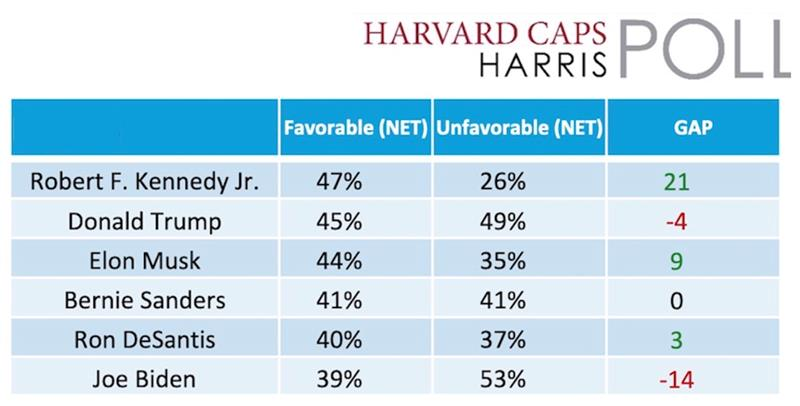In today's fast-paced and highly competitive business environment, cultivating a high-performance team culture is essential for the success of any organization. High-performing teams are characterized by exceptional collaboration, a shared sense of purpose, and the collective drive to accomplish extraordinary results. Joseph Soares, an esteemed member of the Forbes Human Resource Council, the Newsweek Expert Forum, and the International Coaching Federation, is dedicated to empowering leaders with the tools, resources, and insights necessary to build and maintain high-performing teams that thrive in today's complex and dynamic landscape.
In this highly informative and action-oriented article, we will explore the key elements of a high-performance team culture, including the importance of clear communication, shared values, psychological safety, and continuous learning. Additionally, we will delve into proven strategies that can help leaders cultivate high-performance team cultures, such as setting ambitious goals, providing regular feedback, fostering adaptability, and empowering team members with autonomy and trust. By adopting these strategies, not only will leaders be able to build exceptional teams that are equipped to tackle challenges and seize opportunities, but they will also be laying the foundation for long-term organizational growth and resilience.
Elements of a High-Performance Team Culture
Creating a high-performance team culture requires a deep understanding of the elements that contribute to successful teamwork and the strategies necessary to foster an environment that supports exceptional collaboration. Key elements of a high-performance team culture include:
1. Clear communication: Effective communication is crucial for ensuring that team members understand expectations, roles, and responsibilities, and can work together efficiently and effectively.
2. Shared values and vision: A sense of unity and purpose emerges when team members share common values and a clear vision for the organization's goals and objectives.
3. Psychological safety: An environment where team members feel safe to express their opinions and ideas without fear of judgement or retribution fosters trust and innovation.
4. Continuous learning and growth: High-performance teams embrace a growth mindset, with a constant drive to improve and evolve both individually and collectively.
Setting Ambitious Goals and Providing Regular Feedback
One critical strategy for cultivating a high-performance team culture is to establish ambitious goals and provide team members with regular feedback on their performance. This approach supports continuous improvement, fosters high levels of motivation, and encourages accountability among team members. To successfully implement this strategy:
1. Set clear, challenging objectives: Establish specific, measurable, and achievable goals that encourage your team to stretch beyond their routine tasks and push their limits.
2. Ensure alignment with organizational goals: Ensure that team goals directly contribute to the organization's broader objectives and align with its mission and vision.
3. Provide regular, constructive feedback: Foster a feedback-rich environment by regularly discussing team performance, offering constructive criticism, and recognizing achievements.
4. Encourage open dialogue and transparency: Promote an open atmosphere where team members can ask questions, express concerns, or offer suggestions for improvement.
Fostering Adaptability and Resilience
In a dynamic business environment, the ability to adapt and respond effectively to change is a crucial aspect of a high-performance team culture. To foster adaptability and resilience within your team:
1. Encourage proactive problem-solving: Empower your team to identify potential challenges and embrace opportunities for creative problem-solving and innovative solutions.
2. Promote cross-functional collaboration: Encourage collaboration between team members from different functional areas, fostering broader understanding and sharing of expertise.
3. Provide resources for learning and growth: Equip your team with the necessary tools and resources to develop new skills, knowledge, and competencies that support evolving organizational needs.
4. Celebrate successes and learn from failures: Encourage a growth mindset by celebrating successes, acknowledging failures, and extracting lessons to support continuous improvement.
Empowering Team Members with Autonomy and Trust
Empowering team members to make decisions, take ownership of their roles, and develop a sense of agency is a foundational aspect of a high-performance team culture. To effectively empower your team members with autonomy and trust:
1. Delegate responsibility: Assign challenging tasks and allow team members the freedom to develop their unique approach, demonstrating your trust in their ability to execute effectively.
2. Promote a culture of accountability: Encourage team members to take responsibility for their actions and decisions, fostering a sense of ownership and pride in their work.
3. Establish clear expectations and boundaries: Provide team members with a clear understanding of their roles, responsibilities, and the parameters within which they can operate autonomously.
4. Recognize and reward initiative: Acknowledge and celebrate instances where team members have taken the initiative to contribute ideas, solve problems, or go above and beyond their responsibilities.
Conclusion
By understanding the essential elements of a high-performance team culture and implementing strategies to foster clear communication, shared values, psychological safety, and continuous learning, leaders can build and maintain exceptional teams that drive organizational success, resilience, and growth.
Connect with Joseph Soares to access expert guidance, resources, and support that will empower you to cultivate a
high-performance team culture and make a lasting, transformative impact on your team, your leadership journey, and your organization's success.













